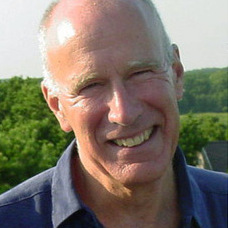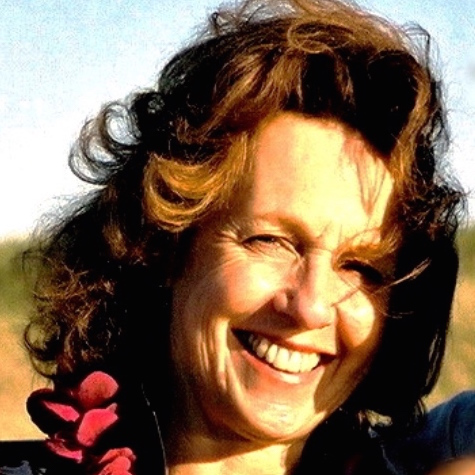Abigail Housen developed rigorous research methods based on her work with VTS over several decades, and informed by her studies over a wide range of settings and with diverse populations. This section introduces three of the primary data collection methods used in Abigail Housen’s research. The Aesthetic Development Interview (ADI) is a core tool used in her empirical research from which she derived her Stage Model of Aesthetic Development, and which continues to be used today to measure aesthetic stage and stage growth. Both the Writing Sample and the Material Object Interview tools were used in subsequent research examining the impact of VTS and Aesthetic Development on critical thinking.
Aesthetic Development Interview
VTS's main data collection instrument is a non-directive interview, the Aesthetic Development Interview or ADI, that involves showing subjects a reproduction of a work of art and asking them to talk about it as though thinking out loud. This interview is tape-recorded, transcribed, and parsed. A sampling of thought units is coded using a manual covering thirteen different domains of thinking that was derived over a fifteen-year period using the same interview protocol. We further study each interview in context to understand how each thought unit fits into an over-all pattern of thinking. Example 1
Writing Samples
Because of consistent teacher reports that the students write more and better as a result of their VTS discussions, writing assignments are collected and analyzed. They are also used as part of VUE's teacher professional development program as they provide evidence of growth in writing and critical thinking skills.Example 1, Example 2, Example 3
Material Object Interview
Originated from the Aesthetic Development Interview (ADI), the Material Object Interview (MOI) utilizes a material object such as a coin, a fossil, or a map in place of a work of art to elicit thoughts. As with the ADI, this non-directive interview follows the same procedures of collecting, coding, and analysis. Example 1, Example 2


